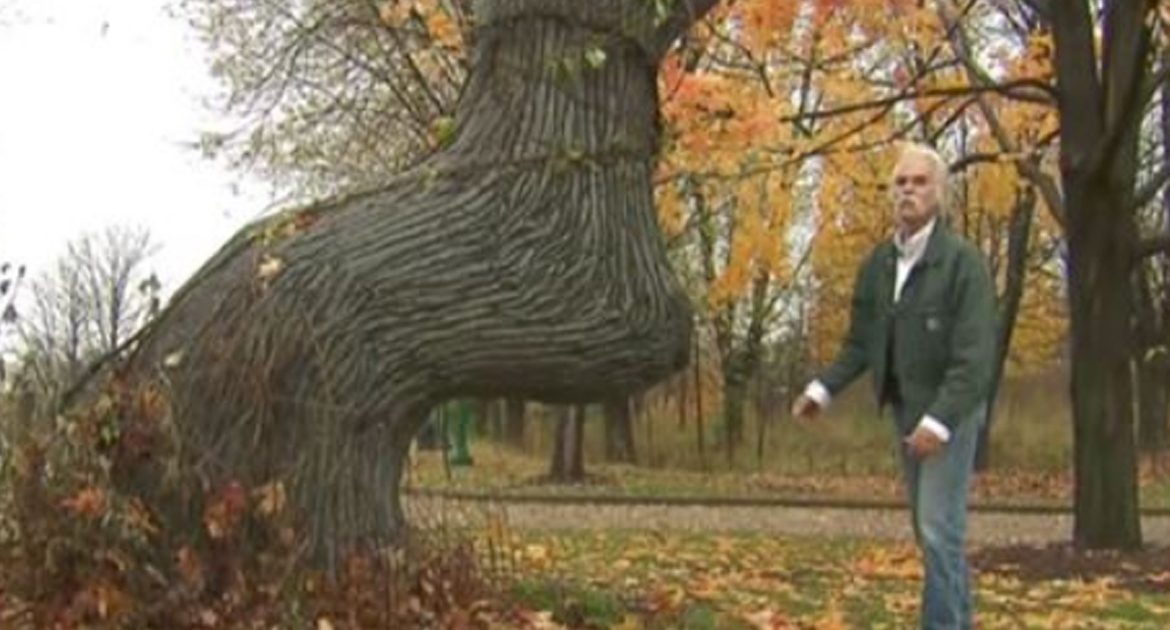Nature is capable of doing countless things. Plants and trees can survive stark conditions and grow in all sorts of directions just to get more sunlight and thrive better. And if you see a tree bent in the woods, you’d probably just assume it just grew like that for some reason. But that presumption might not just be wrong, it could be unfortunate.
American Forests, a non-profit that is more than 100 years old and still works to conserve the landscape of our great country, revealed that bent trees might have a much more significant meaning. Watch the video below for more information.
Bent trees in the woods are sometimes “landmarks that helped guide indigenous people on their way,” American Forests’ former managing editor, Katrina Marland, said. “Native Americans would bend young trees to create permanent trail markers, designating safe paths through rough country and pointing travelers toward water, food or other important landmarks.”
Because these trailer markers happened centuries or decades ago, the trees are much bigger than their sapling former selves.
“Over the years, the trees have grown keeping their original shape, but with their purpose all but forgotten as modern life sprang up around them,” Marland continued. “Today, we may not need these “trail trees” to navigate, but their place in history makes them invaluable.”
Although you might think that every tree you see that is bent is a trail marker, it is not always. The Illinois Steward, a now defunct University of Illinois magazine, wrote, “Our forests of today contain numerous trees growing at odd angles, but very few of them could have been authentic trail-marker trees for Native Americans.”
The reason that many of these trail trees no longer exist is because they were last in use about 200 to 300 years ago. This is a long time for trees to last especially when American industry called for logging of vast forested areas.
In an effort to identify surviving Native American trail trees, 450 potential trees were brought to the attention of Texas Historic Tree Coalition arborist Steve Houser. But only a handful of the ones he examined were bent by Native Americans.
The American government does not protect the Native American trail trees, so as they age, they are becoming more threatened.
“One of the trees that the Texas coalition had officially recognized in 1996 was damaged the very next year,” the Atlas Obscura magazine wrote. “The tree had originally touched the ground and grown upwards, but over Memorial Day in 1997, a storm broke its vertical trunk. All that was left was an unusual beam of tree, arced horizontally to the ground.”
The magazine continues, “There are still skeptics who have trouble believing marker trees were made by humans. Even among the people most knowledgeable about these trees, there’s disagreement about how many true marker trees have been identified. But [Dennis] Downes and other researchers have found confirmation from historical accounts and photos and from the elders of Native American tribes that particular trees were used as navigational aides.”
Do you think the government should protect these trees? Watch the video below and tell us in the comments!






